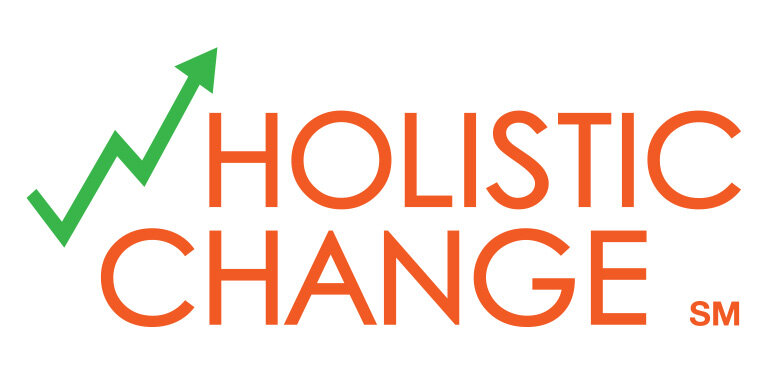Change is hard, but it really doesn't have to be so hard. Michelle and I have blogged off and on about planning for change in a way where you have considered all of the aspects of services, people, process, and technology. The theory behind this framework is that you discover, analyze, and plan for change, armed with as much knowledge as possible to be successful.There's another aspect to success that I'd like to explore. How hard was it for people to get to your definition of success? Fully acknowledging that change is painful -- and that can't be avoided completely -- have you done everything you can to make the change easy?There are many things you can do to make sure that people understand what is going to be expected of them, and that they are clear on what they need to do, and when. If these aspects are covered, then what makes the change hard might be the difficulty of what you are expecting people to do, or the amount of opposition to the change.Some things you can control to help make the change easier:
- Make sure that there is clear and complete process documentation for the new processes. This includes quick tips sorts of tools. Assume that the person who needs to use this documentation is coming in from outside your organization or department and cover things that they wouldn't necessarily know, or that might be unique to your organization.
- Try out the documentation on people who aren't familiar with the business area and see if somebody who is completely unfamiliar with the paradigm can understand the process and what they need to do. If an outsider gets it, then just think of how easy that's going to be for an insider!
- Think proactively about what the common questions will be and put together a FAQ (Frequently Asked Questions) tool as part of your communication plan. If you heard the same questions being asked over and over again as you were planning the change, make sure those land in the FAQ!
- Realistically, you will not have thought of everything to document, nor will you necessarily want to make your documentation so verbose as to have covered every permutation that can happen in the process. So, one of the most important tools you have for making the change easy is to plan for a support lifeline leading up to and staying on for a period of time after the change is implemented.
- This can be a dedicated group whose only responsibility is to handle the change support, or can be designated resources in place within the departments being impacted who are the go-to people for questions. One advantage to having resources within the departments is that they likely have credibility with their peers already, and this can be a great opportunity for your change agents to get personal satisfaction and recognition for the job they've done.

